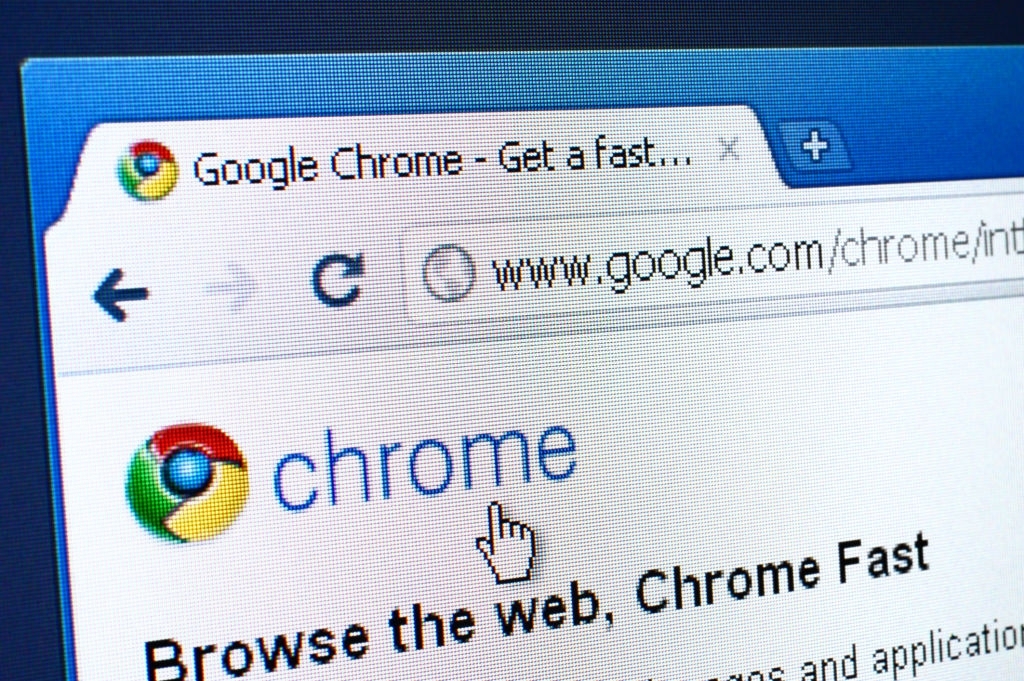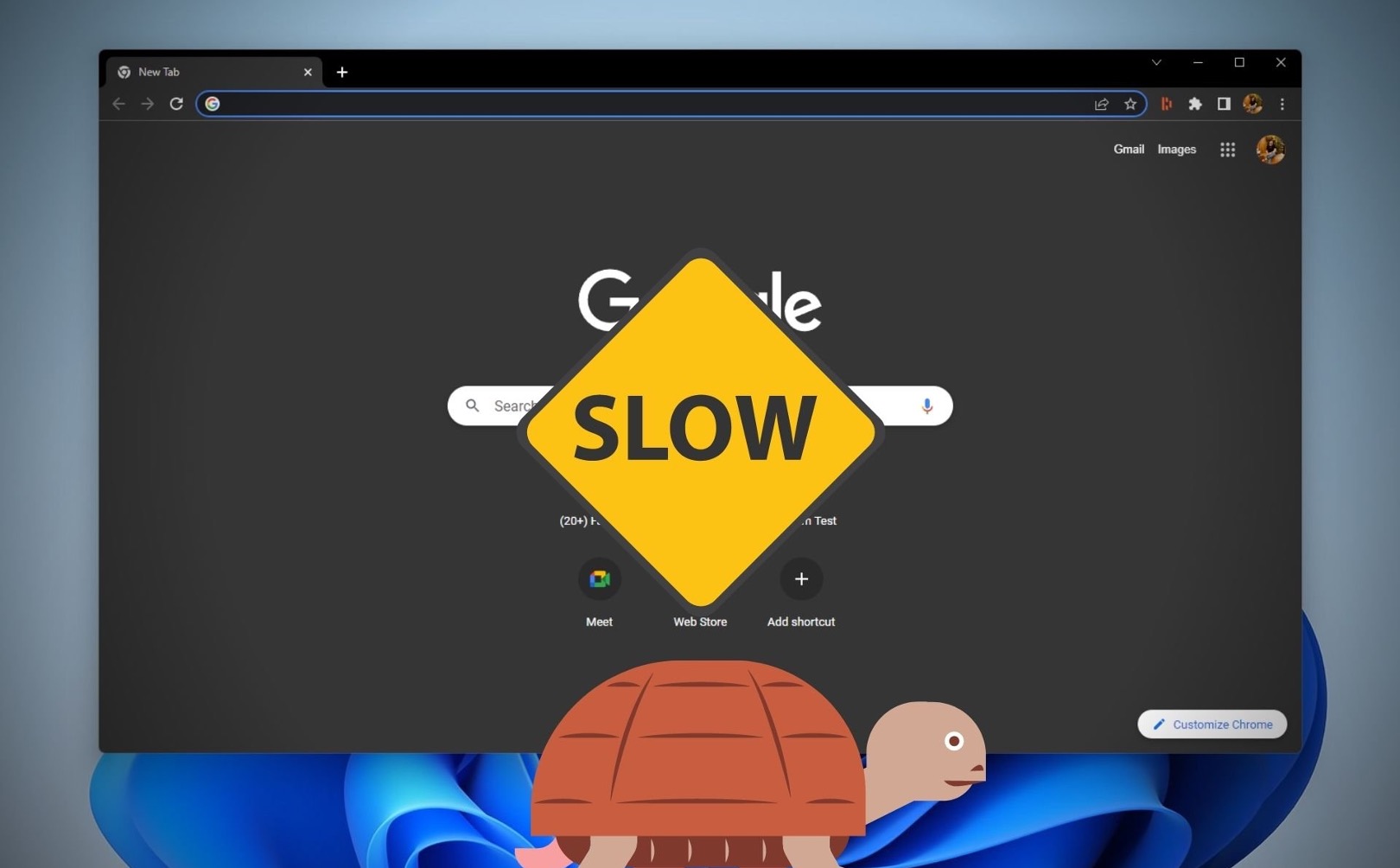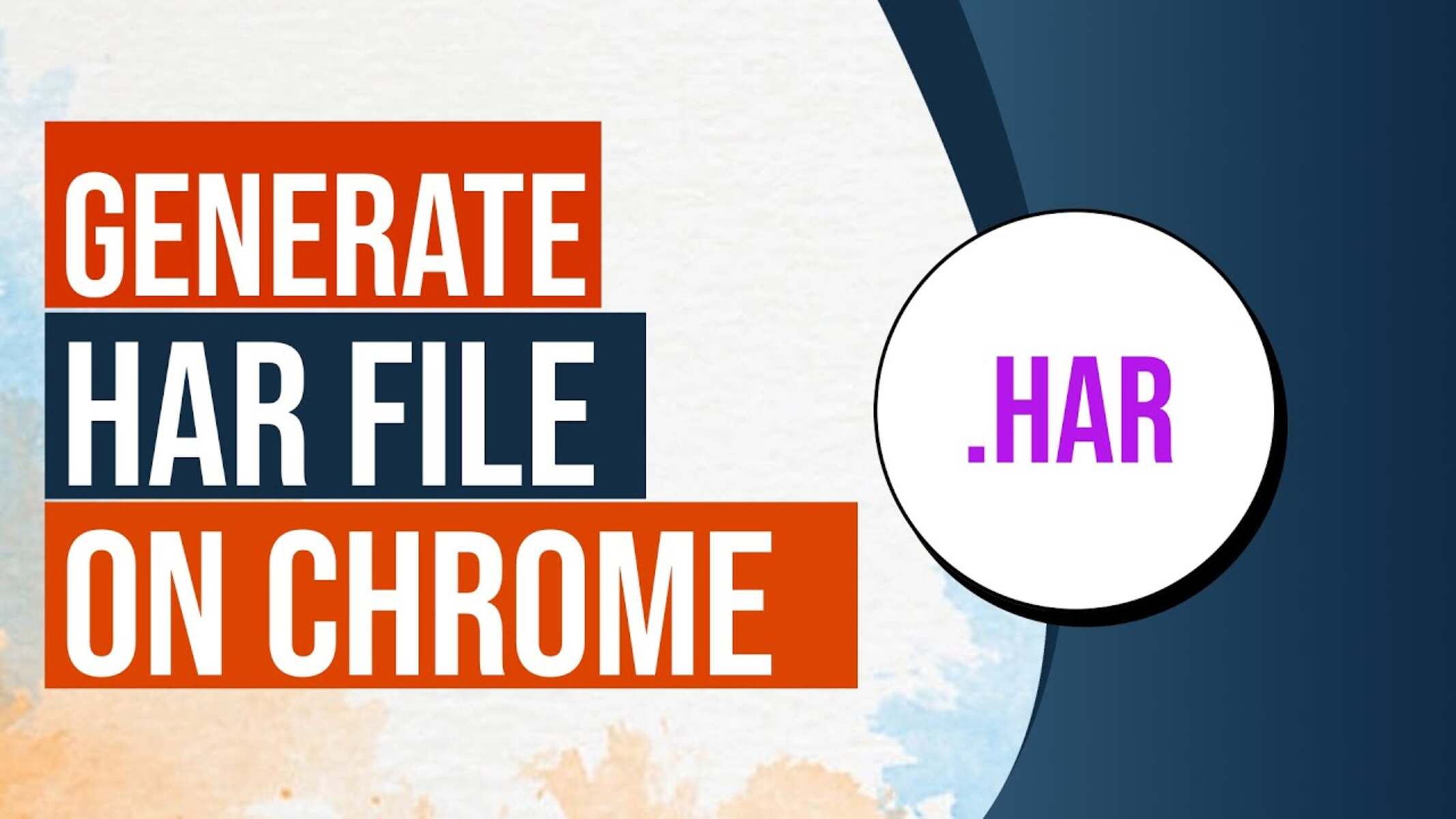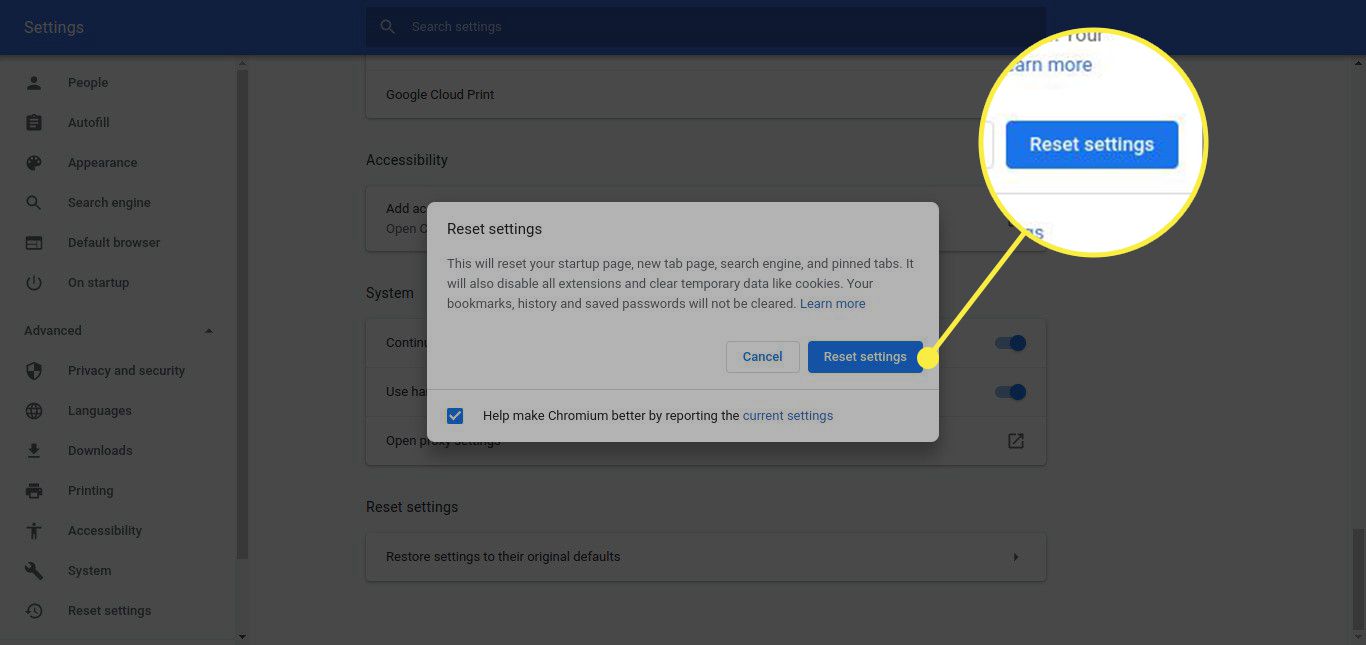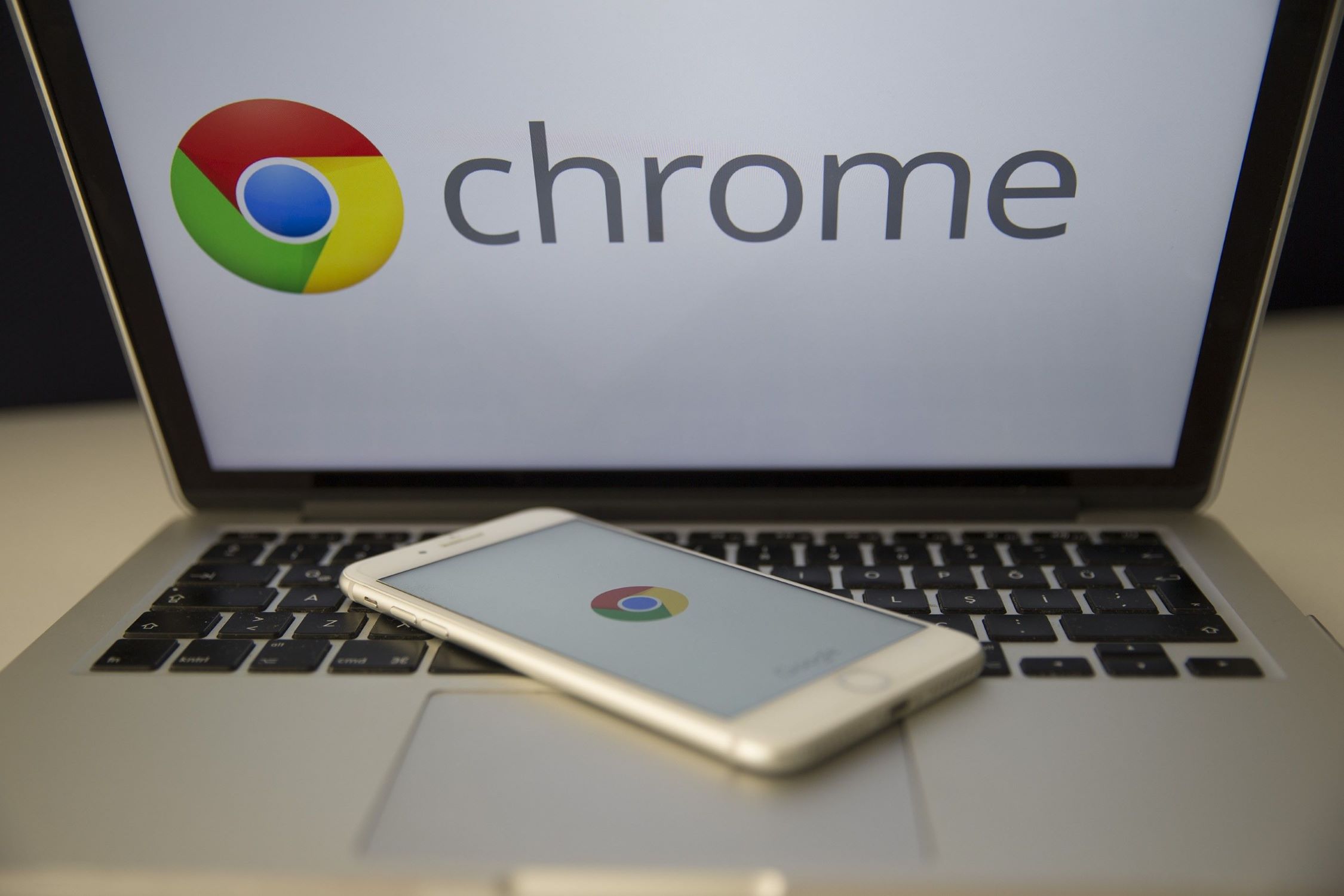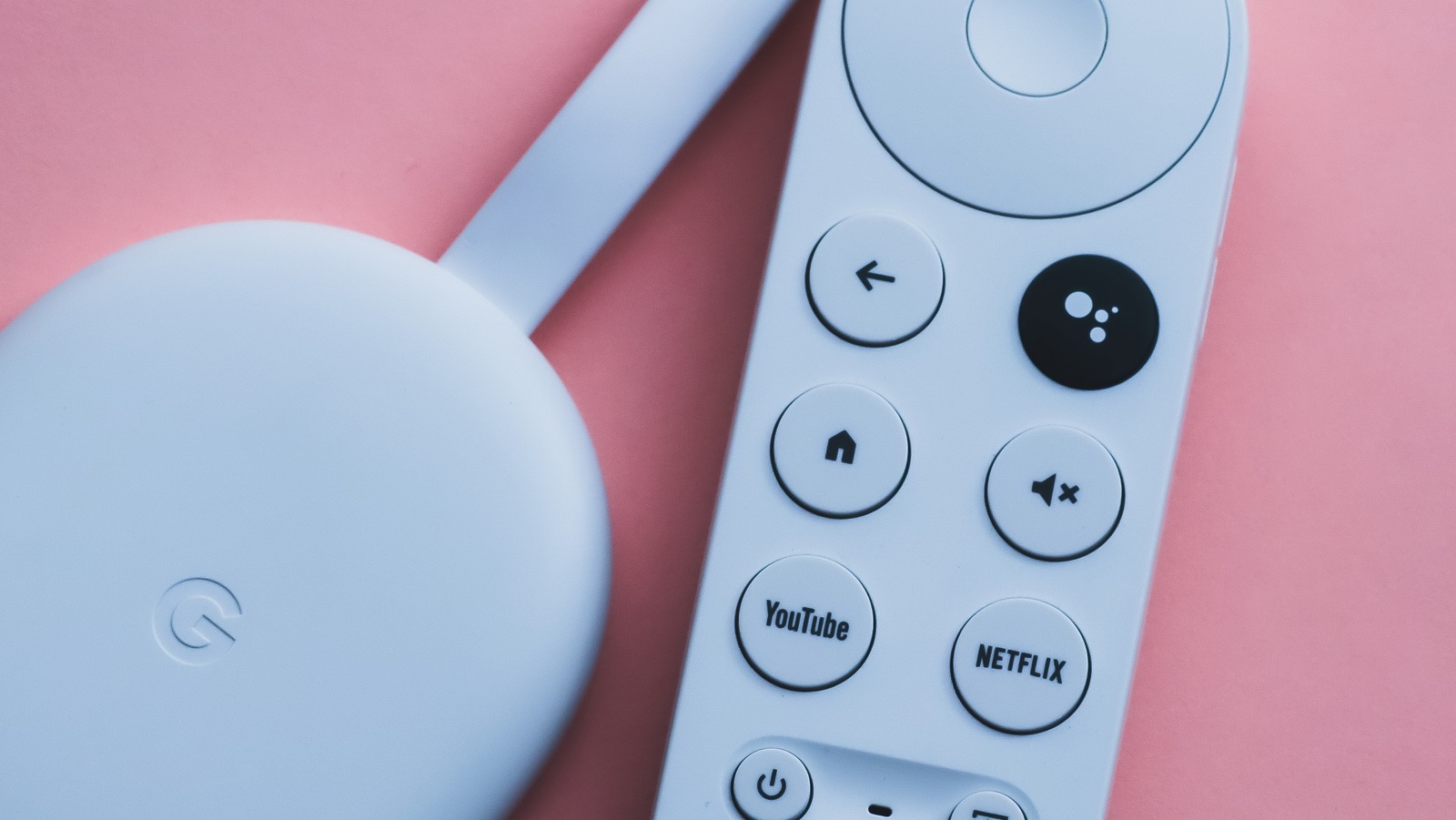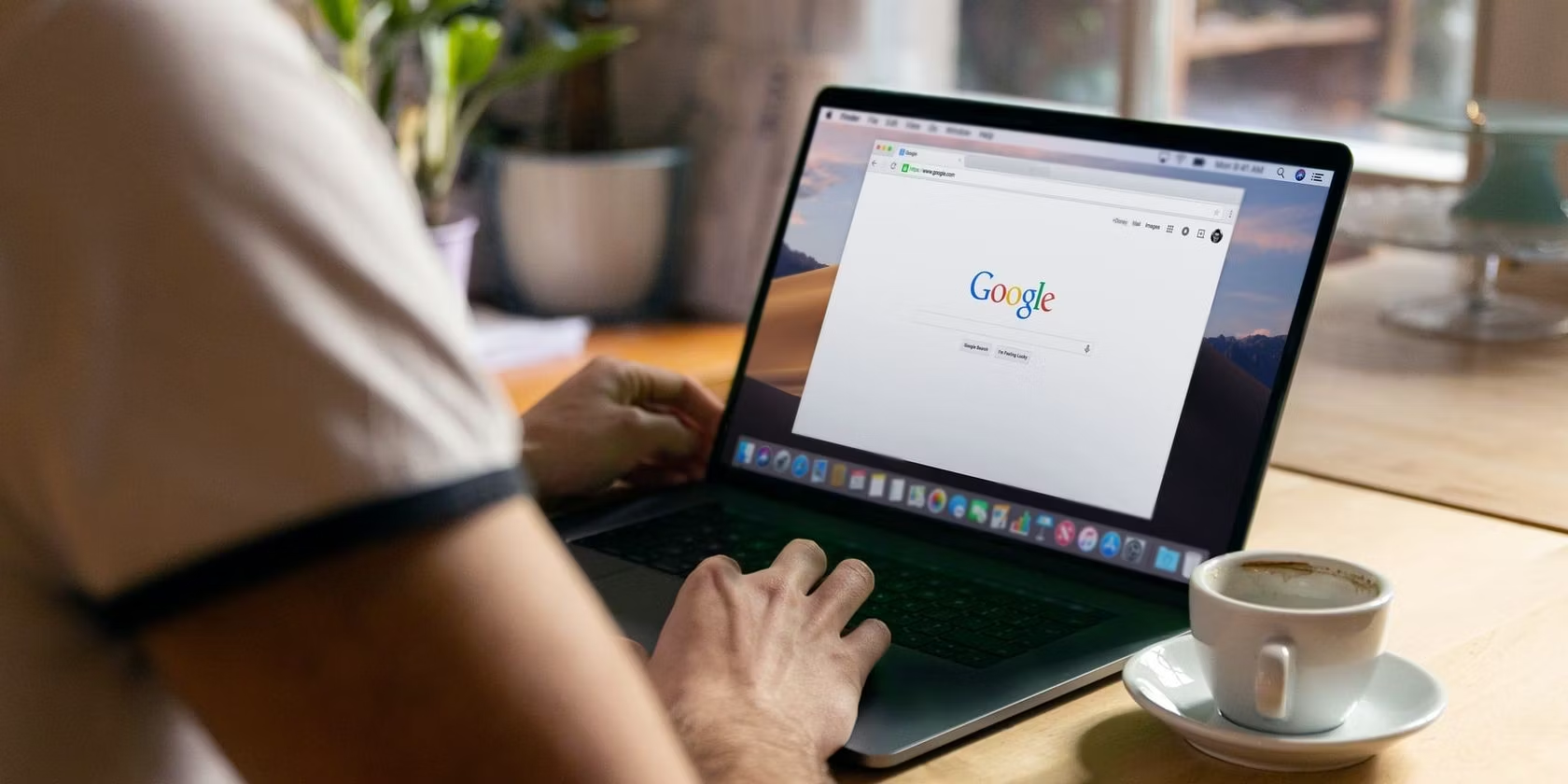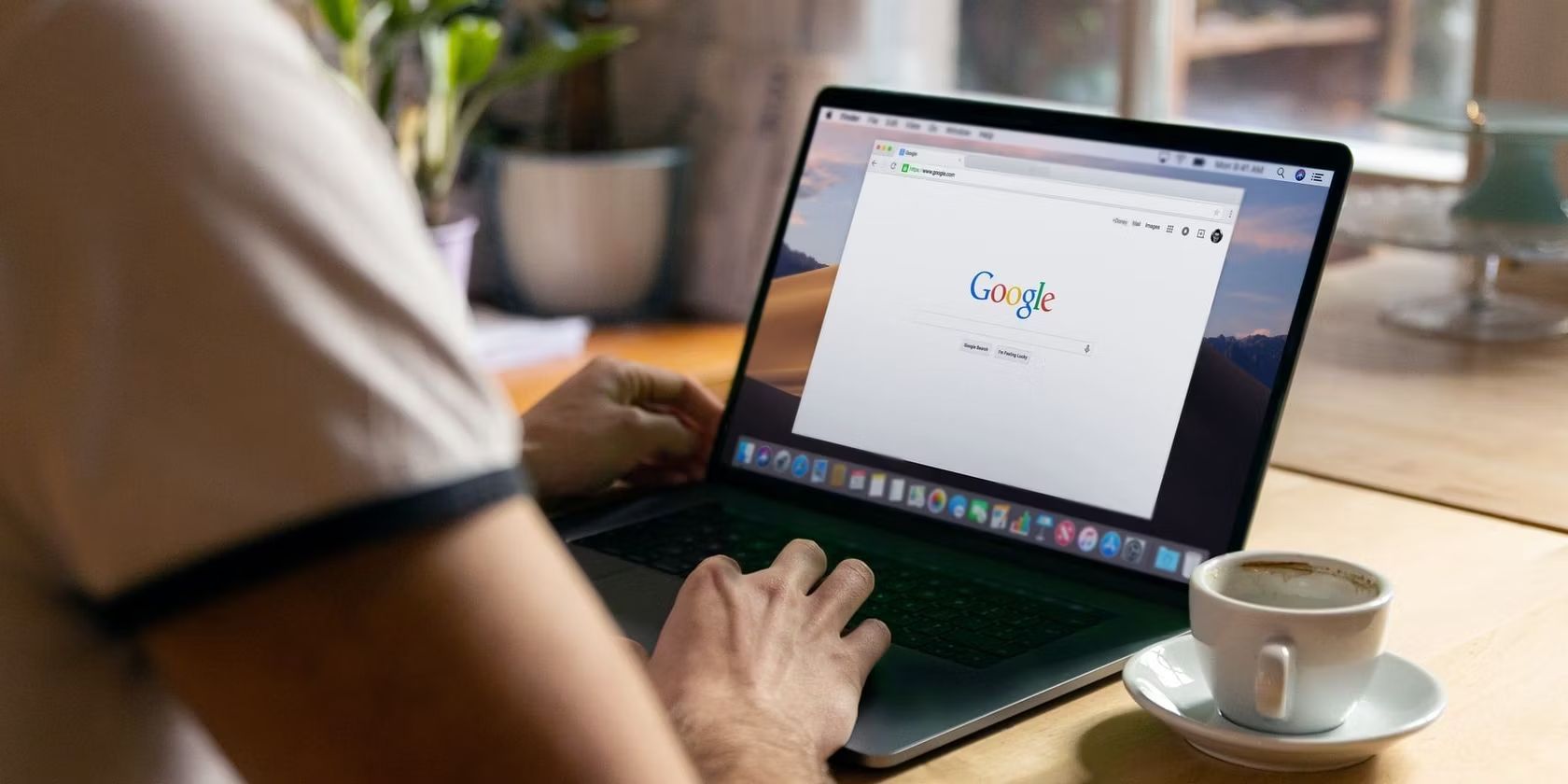Google Chrome remains to be one of the best browsers for Windows and macOS despite the increasing competition of search engine alternatives. It’s user-friendly and offers a wide range of feature set to help people browse through the internet with great ease. However, like other web browsers available, Google Chrome isn’t at all perfect. There are times that you may experience a drop in loading speed or worse; the browser becomes unresponsive and crashes, making you lose your tabs and work progress. If you have been encountering such problems for a while, it’s time to find solutions to your question: “Why is Chrome so slow?”
If you search online for tips on how to speed up or fix Google Chrome, chances are you’ll come across dozens of websites offering effective solutions. However, not everyone has the luxury of time to try each of these and see whether it works for them. Hence, if you have a problematic Chrome and want to fix it in the shortest possible time, keep reading. In this article, we’re laying down five reasons why it is chrome so slow and the practical ways to address the issue on your own.
Why Is Your Chrome Slow?
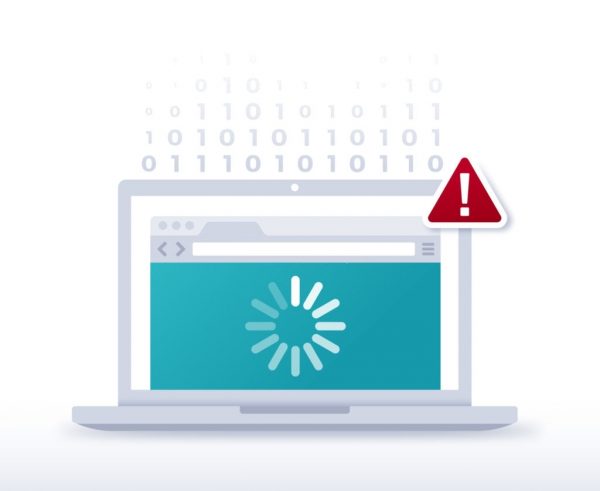

If you’ve checked your internet speed, and it’s not the reason that’s slowing things down, then there must be something else. Either way, it’s very frustrating. It pushes us to the edge of our patience, and thus, ruining our day. Many people think that a slow browser is linked to a problem within the computer itself. While this is true to some extent, some cases are not like that.
If you’ve been using Google Chrome over the years, and it’s only now that you have experienced this predicament, the root cause may reside within the browser. So, what are the possible reasons why is your chrome so slow? Let’s find out in the next section.
What Are The SymptomsYour Chrome Is Slow and How To Troubleshoot?
Here are the signs to determine why is Chrome so slow:
1. Chrome Takes Forever To Load
Situation: Your boss gave you a research assignment to work on tonight. After reaching home, you’ve immediately launched Google Chrome and started looking for information about it. One or two tabs aren’t enough to aid you the entire night. Hence, you’ve opened several tabs until your browser suddenly consumes a longer time to load than when you have started browsing in the first place. Likewise, it takes how many minutes to jump into the next tab, leaving you irritated and frustrated at the end of the night.
In this scenario, the reason why Chrome is so slow is that you’ve opened too many tabs all at once and the browser (and your computer) could no longer handle it. Remember, the number of tabs you can open on Chrome is largely influenced by your computer’s RAM capacity. So if you have a lower amount of RAM and you’ve opened several browsers, you’ll experience a slow down while trying to scroll or move from tabs to tabs.
Quick Fix: Close unnecessary tabs


Close tabs that you aren’t opening frequently and see if the problem still persists. If it does, restart your browser. If you want to know how many memory your Chrome consumes, just open Task Manager by pressing CTRL + SHIFT + ESC on your keyboard at the same time. Click ‘YES’ when a prompt shows up.
2. “Aw, Snap!” Error Message
Situation: While browsing through Google search results, you come across one website that matches your keywords. You click on the link and instead of seeing the website’s interface, you are greeted with an “Aw! Snap!” error message.
Quick Fix: Clear your browser’s cache and cookies
Try to reload the page. If that didn’t work, try to check whether your device is correctly connected to the internet and then reload once again. If nothing happens, Chrome might have stored some information that’s preventing it from loading the webpage. So your best bet here is to clear your browser’s cache. To do that, follow the steps below:
- Tap the vertical three dots located on the upper-right corner of your browser.
- From the drop-down menu, hover your cursor to the ‘More Tools’ option and choose ‘Clear Browsing Data.’
- Set the time range as ‘All time.’
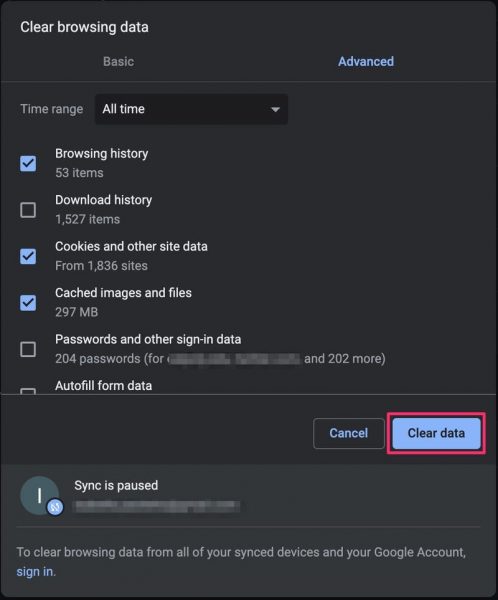

- Select ‘Cooking and other site data’ and ‘Cached images and files.’
- Click ‘Clear Data’ to proceed with the process.
3. Page Unresponsive Box
Situation: While surfing the web, Chrome suddenly freezes and an error box shows up with the message: “The following page(s) have become unresponsive. You can wait for them to become responsive or kill them.” You’re unsure which option to choose because you think killing it may result in losing your progress. Hence, you decided to wait, but the same error appears over and over again.
Getting a page unresponsive error is frustrating, especially when you’re in the middle of an important task. Many people choose to wait for a few seconds to see if the page loads. But more often not, it doesn’t and so they are left with no option but to kill the page and try again. What would you do if this kind of error happens to you over and over again?
Quick Fix: Update your Chrome
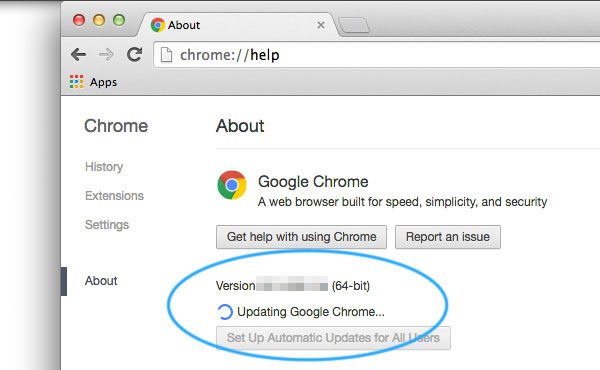

This error occurs because Chrome is out of date. If you can’t remember the last time you have updated your browser, click on the three vertical dots on the upper-right corner of the screen and select ‘Settings.’ From there, click on ‘About Chrome,’ and the browser will search for the latest version.
If your browser is up to date yet you’re experiencing this error, we recommend choosing ‘Kill Pages’ and refreshing it. If you see another “Aw, snap!” error message, refresh the page once again. There, you may be prompted to sign in and any unsaved work will be available when you return to it. However, closing the browser by clicking the red ‘X’ in the upper right corner of the screen will make you lose any unsaved task.
4. Hanging Tabs
Situation: While surfing the web, a tab suddenly hangs, and all you see is a white page that’s stuck loading. Even the title of the page says, ‘Loading,’ and it’s accompanied by a spinning icon that seems to rotate forever (Yikes!)
Hanging tabs is one of the most common issues users of Chrome face. Likewise, it’s one of manifestation of why Chrome is so slow. This problem usually happens when there’s a graphics rendering issue. It occurs more frequently on systems that are running Windows 10. Hence, what’s the best way to fix this issue without spending bucks?
Quick Fix: Disable Chrome’s hardware acceleration
Hardware acceleration is a program that uses a computer’s hardware in support of performing certain functions more efficiently. In Chrome, hardware acceleration allows the CPU to offload some page-rendering and loading tasks to the GPU. This way, the browser will load more webpages quickly. However, in some instances, hardware acceleration also makes the Chrome unresponsive.
To disable hardware acceleration on Chrome, perform the following:
- Click on the vertical dots on the upper-right corner of the browser.
- From the drop-down menu, click ‘Settings.’
- Scroll to the bottom and click on the ‘Advanced’ option.
- Under ‘System,’ toggle off the ‘Use hardware acceleration when available.’


- Restart the browser and see whether the problem persists. If yes, move on to Quick Fix #2.
Quick Fix #2: Disable Chrome Extensions
The function of Chrome extensions is to enhance every individual’s browsing experience by adding extra functionalities. However, installing a poorly-coded extension can kill your smooth browsing experience, thus resulting in hanging tabs. Here’s a quick way on how to eliminate problematic Chrome extensions:
- Click on the vertical dots on the upper-right corner of the browser.
- Hover your cursor on the ‘More Tools’ option and select ‘Extensions.’
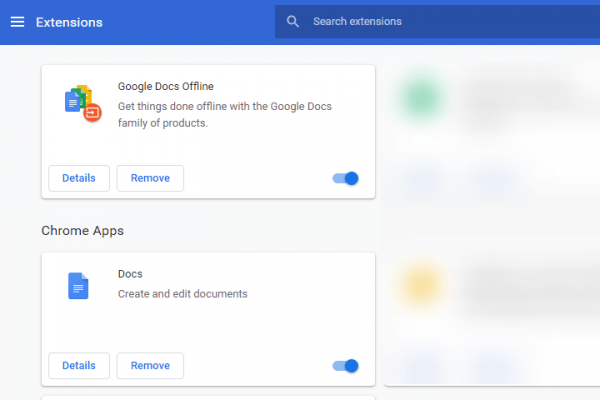

- Find the extensions you don’t need and toggle it off. You can also remove them by clicking the ‘Remove’ button to free up some space on your Chrome.
5. Chrome App Crashes or Unable to Launch
Situation: While surfing the web, Chrome suddenly crashes so you decided to quit it normally by pressing the red ‘X’ on the top of the window. However, Chrome doesn’t start no matter how many times you press on the icon to launch it. What’s the best way to solve this problem?
Quick Fix #1: Perform system clean-up
Over the years of our usage, our computer catches several junks that pile up within the system, including the browser. These heap of trash can affect our programs, slowing them down and worse: crashing their performances. Hence, if your Chrome crashes all the time and sometimes it’s difficult to launch, try to perform a system clean-up. You can use a practical system cleaner software to deliver a massive clean-up operation whenever deemed necessary. You’ll be glad about the results once finished.
Quick Fix #2: Reset Google Chrome
When all options fail, and Chrome’s still not responding, resetting it usually answers your question of why is Chrome so slow. Doing so will remove all the settings and information you have stored on your browser, and it will revert to factory default settings.
Here’s a step-by-step guide on how to reset Google Chrome:
- Click on the vertical dots on the upper-right corner of the browser.
- Scroll to the bottom of the page and click on the ‘Advanced’ option.
- Scroll once again to the bottom of the page until you see ‘Reset and clean up.’
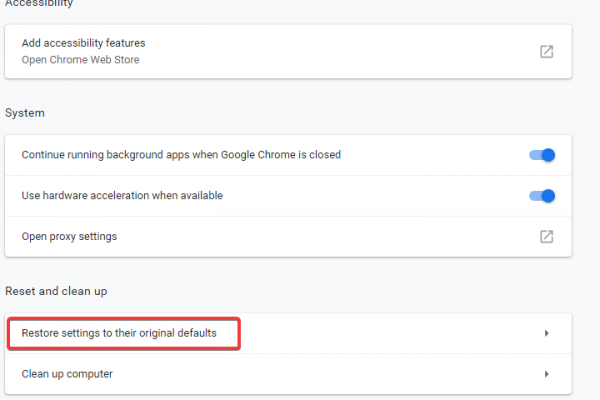

- From there, click on ‘Restore settings to their original defaults,’ and a dialogue box will pop up, indicating that you will lose pinned tabs, search engine preference, and temporary data but bookmarks, history, and passwords will not be touched.
- Click ‘Reset Settings’ to proceed with the process.
How To Clean Up Your Chrome Caches
Most of the time, the reason why is Chrome so slow is because of the junks that have accumulated in the browser over time. These files and caches may also take up a lot of spaces on Chrome, thus slowing down the response rate.
There are many ways on how to clean your Chrome. The first option is within the browser itself. Check out the following steps on how to do so:
- Click on the vertical dots on the upper-right corner of the browser.
- Scroll to the bottom of the page and click on the ‘Advanced’ option.
- Scroll once again to the bottom of the page until you see ‘Clean Up Computer.’


- Click ‘Find’ so that Chrome can locate harmful software on your computer and remove it.
You can also install a third-party Chrome clean-up tool to do the work. However, makes sure that the software is safe to download by running it through your anti-virus. This action ensures that no malicious software or codes will enter your device and destroy your files.
Why Is Chrome So Slow: The Bottom Line
There are many reasons why Chrome is so slow. Sometimes, it can because you have opened too many tabs and the browser could no longer handle it, thus slowing the load time. It can also be because of a bugged extension or a large pile of junks that have been accumulated within the browser over the years. After reading the article, we hope that you’ve found solutions to your question, “Why is Chrome so slow?” Don’t forget to share the article with your friends to help them, too!









